To paraphrase Webster’s Dictionary, the term search means “to look through in order to find something” and the term rescue means “to free or save from danger.” Although these definitions are relatively straightforward, they are two different and distinct operations. Although search is normally considered a top priority at many structure fires, it can also potentially be the most dangerous operation that is performed by fireground personnel.
To underscore this perception, the “Roundtable” section that is featured on a monthly basis in Fire Engineering magazine discussed “The Most Dangerous Fireground Activity” in May of 2007. Due to the number of responses from various ranks around the country, it was necessary to extend the discussion to the June 2007 Roundtable. Not surprisingly, the majority of respondents stated that search was the most dangerous fireground activity. To further accentuate this perception, the majority of fireground articles that were written for Fire Engineering between 1995 and 2008 were articles dealing with the numerous aspects of search (i.e., conducting a search, search priorities, using thermal imaging cameras for a search, accountability, tag/search ropes, RIT teams, and so on) with articles on building construction running in second place.
Searching for victims within a hazardous environment in a structure that is being weakened by fire has long been an integral priority of fireground operations – along with the extinguishment of fire. Therefore it would be relatively easy to assume that the implementation of a search would be as common as initiating an attack line, forcible entry or raising a ground ladder, yet this is not the case. The successful implementation of a search demands a high level of training and timely execution. Although numerous fireground operations demand training and timely execution, it is the implementation of these factors in unfamiliar surroundings, hazardous conditions, and minimal time constraints that set search operations apart from most other fireground activities. As an example, consider the following:
- Most search operations are conducted in hot, smoky environments with minimal visibility (if these conditions were not present, occupants would likely be able to exit a structure unassisted).
- Search personnel must often conduct a search by feel and not their visual senses.
- The actual working time available from a typical 30-minute SCBA bottle can vary between 14 to18-minutes under stressful working conditions.
- Searches are often conducted above a fire, without the protection of a charged hose line, and in some cases prior to the implementation of an attack line.
- Flashover is a common fireground problem.
- Buildings are collapsing faster than the buildings of several years ago.
- All structures that need to be searched do not fall into the category of a single-story, single-family dwelling with a common floor plan that is about 1,600 square feet in size.
- Trapped occupants within a hazardous environment can quickly succumb to the affects of heat, smoke, and/or fire. As a result, the time for a search is limited as the average time a human can go without a minimum of 15-percent oxygen is four to six-minutes, and victims exposed to heavy smoke for about 15 to 20-minutes have likely perished.
With these thoughts in mind, lets begin by looking at four fundamental characteristics from the perspective of the modern fireground: priority, safety, training, and how they have affected search operations.
Modern Fireground Characteristics
Change is commonly defined as “to put or take in place of something else, substitute, to make different, alter.” When applied to the modern fire service and the fire service of just 25 years ago, it is readily apparent that changes have significantly altered apparatus, communications, staffing levels, operational capabilities, and numerous other factors. However, when the definition of change is applied to the fireground of today, there are five areas that have collectively combined to significantly modify or change current operational considerations (time) and firefighter safety. In our next article, we will specifically look at these five areas.


